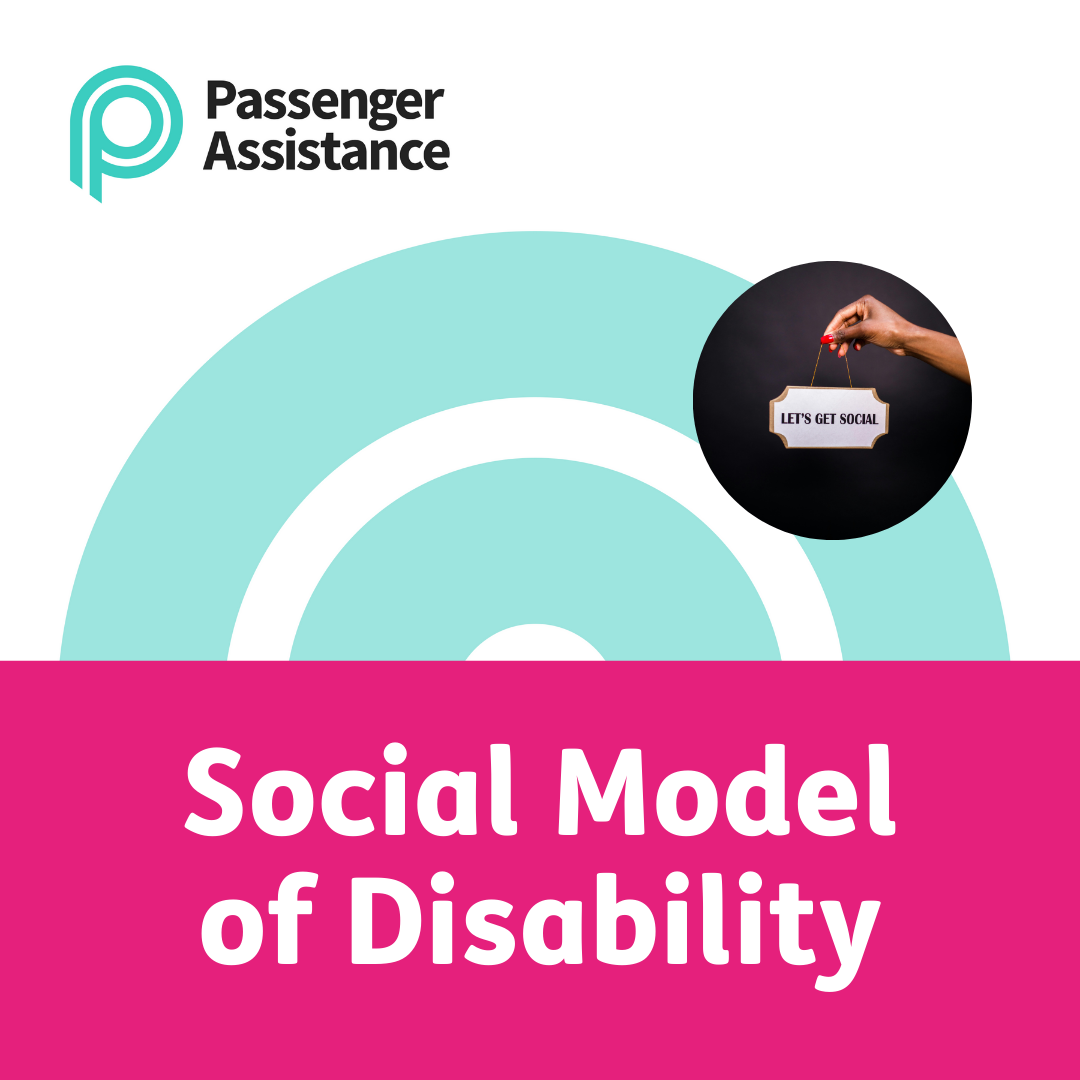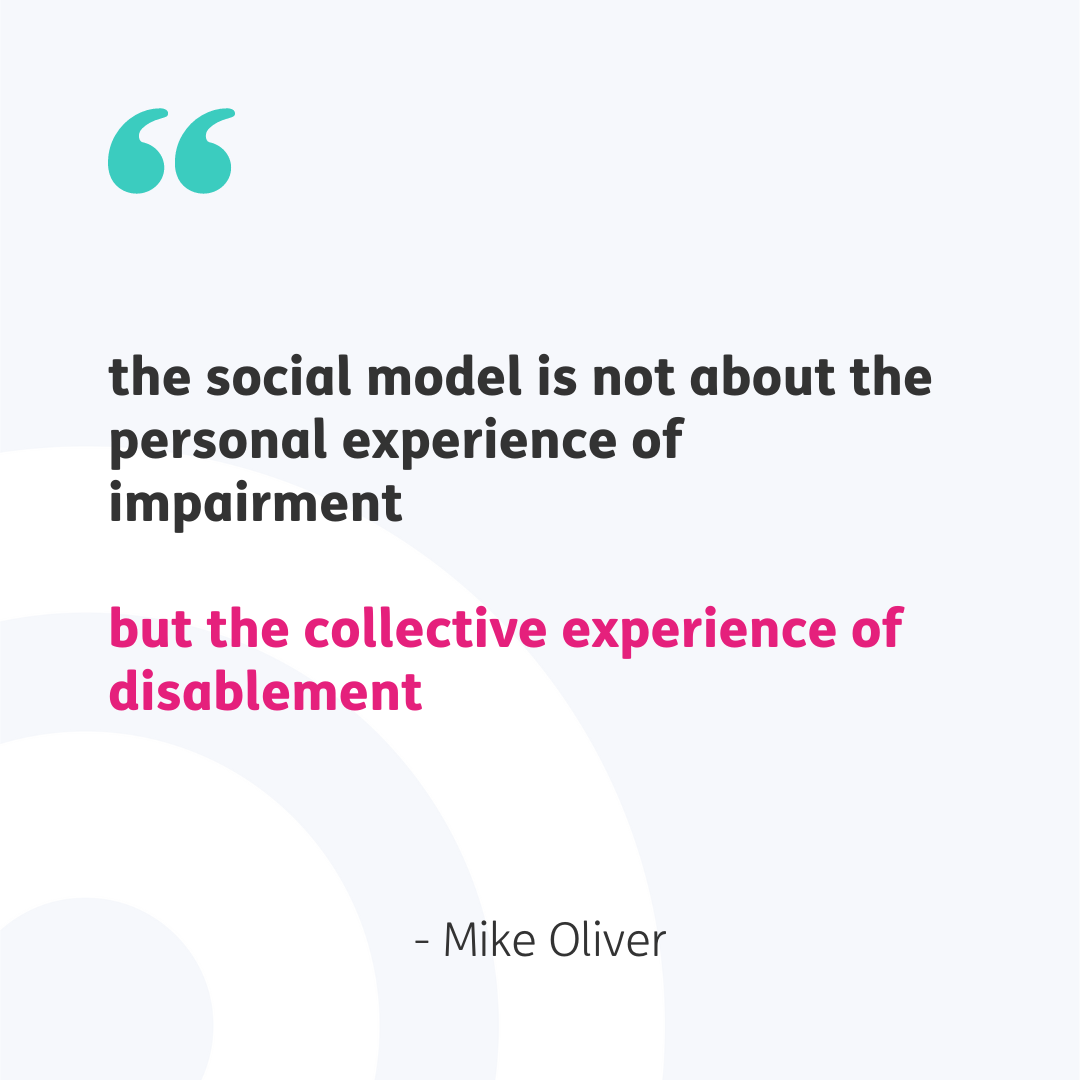Part 1 of 5 in our Social Model of Disability Blog Series…
Click here to jump to Easy Read version.

The History
In the 1960s and 1970s, the UK Disabled People’s Rights Movement was gaining momentum. Disabled people began to collectively challenge social exclusion, and demand equal access.
This included challenging problematic and unhelpful frameworks for understanding disability at the time, including the Medical and Charity Models of Disability – more on those later in the series!
The Social Model of Disability has its roots in the work of the UPIAS (Union of the Physically Impaired Against Segregation). The union pushed to move away from the narrative of disability as a medical or charity issue, to a civil rights and equality issue.
The Social Model was given its name in 1983 by Mike Oliver, a disabled academic and activist who is widely recognised as one of the instrumental advocates for the model.
Key Messaging
- People are disabled by barriers in their environment, not by their impairment or difference.
- There are many types of barriers. For example, barriers can be physical, attitudinal, or related to information and communication.
- By identifying disabling barriers, we can remove them. The Social Model acts as a tool to drive social change.
At Transreport
We are aligned to the Social Model of Disability and envision an inclusive world for all.
Our Passenger Assistance technology was developed in direct response to societal barriers to access, to simplify the process of requesting assistance for journeys for Disabled people.
We believe that everyone should experience equal access to safe, dignified, inclusive travel.

Easy Read Version







